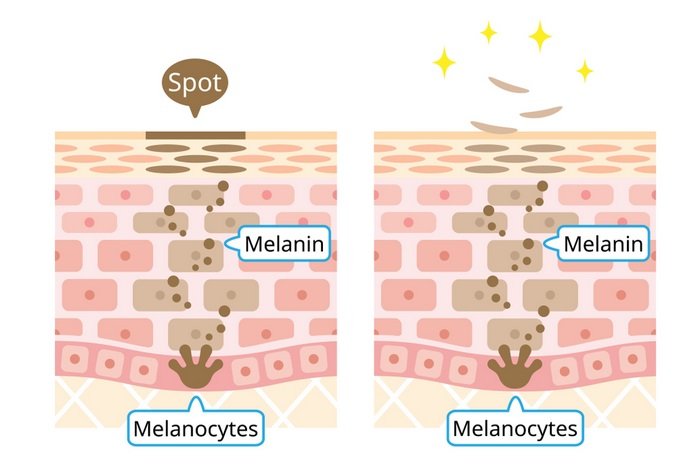How Do People Get Vitiligo?

Vitiligo can develop as a result of a lack of a pigment known as melanin in the skin. Melanin is a pigment that the skin cells known as melanocytes produce to give your skin its color. However, in the case of people with vitiligo, there are not enough properly functioning melanocytes to provide enough melanin to your skin. It consequently leads to white patches on your skin or loss of hair color. Vitiligo develops equally in people of all races and skin colors. Almost half of the people who suffer from vitiligo are males and the other half are females.
People might develop vitiligo at any age but almost one-half of the patients get the diagnosis of vitiligo in childhood or before they turn 20. The initial symptoms of vitiligo include white patches on the skin that can spread anywhere on the body including the buttocks, face, arms, hands, and genitals. It is not yet clear why exactly the melanocytes vanish from the affected areas of the skin from vitiligo. Non-segmental vitiligo is the most common type of vitiligo that turns out to be a form of an auto-immune condition.
The immune system is not working properly in the case of people having auto-immune conditions. Instead of killing foreign agents such as viruses, the immune system tends to attack the body’s healthy tissues and cells. If a person develops non-segmental vitiligo, then their immune system destroys the melanocyte skin cells that are responsible for melanin pigment production. Vitiligo has a close link with other auto-immune disorders as well such as hyperthyroidism which is an overactive thyroid gland disease. However, not every patient with vitiligo will develop auto-immune disorders.
You might be at a higher risk of getting non-segmental vitiligo, if:
- Other members of your family suffer from vitiligo
- There is a family history of certain auto-immune conditions, for instance, if one of your parents has an auto-immune condition of pernicious anemia that affects the stomach
- You suffer from a type of skin cancer i.e., melanoma or cancer of the lymphatic system known as non-Hodgkin lymphoma
- You have any other auto-immune condition
- You have certain changes in your genes that are popular to have an association with non-segmental vitiligo
Segmental vitiligo which is a less common type of vitiligo turns out to develop as a result of chemicals that the nerve endings release in your skin known as neurochemicals. These chemicals are harmful to the melanocyte skin cells. It is possible that vitiligo might aggravate or trigger by certain events, such as:
- Skin damage, such as cuts or severe sunburn
- Stressful events including childbirth among women
- Exposure to particular chemicals, such as working at a radioactive site
Vitiligo does not develop due to an infection and you cannot get it from someone else who is suffering from the condition. Many people develop vitiligo in their twenties but it can occur at any life span. The skin disorder affects all races and both genders equally. However, it is more recognizable in people having darker skin tones. People with some autoimmune diseases such as hyperthyroidism are more likely to develop vitiligo than people who do not have any sort of auto-immune disorder. (7)
